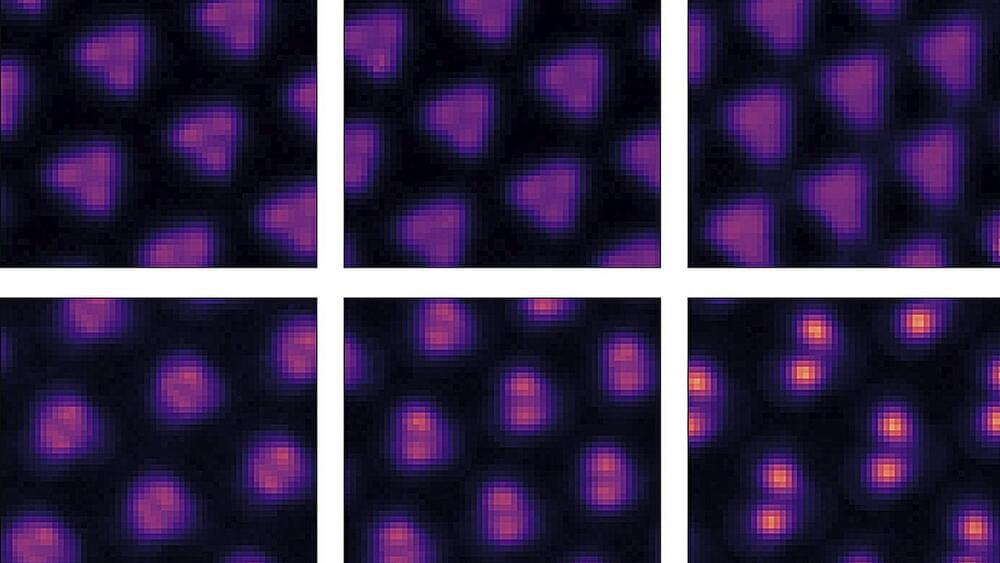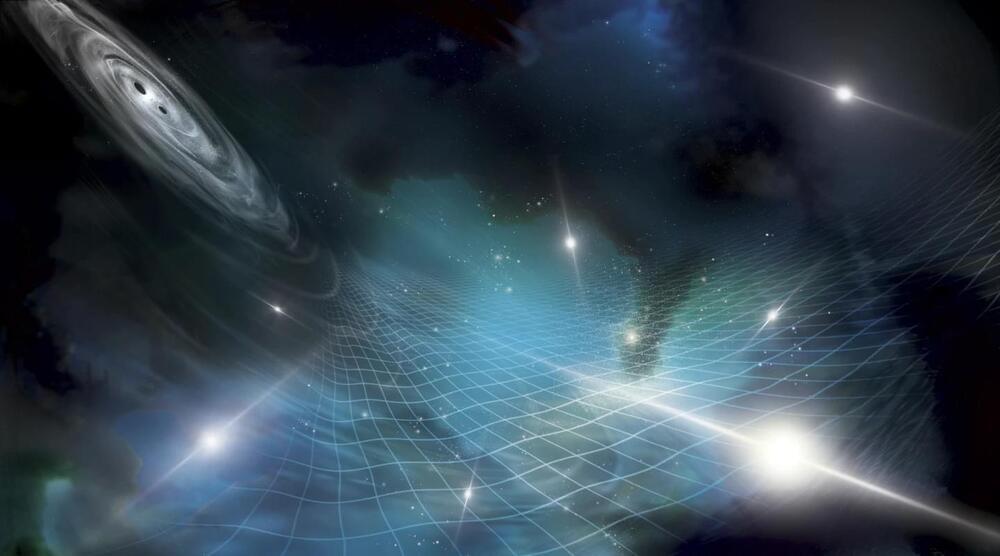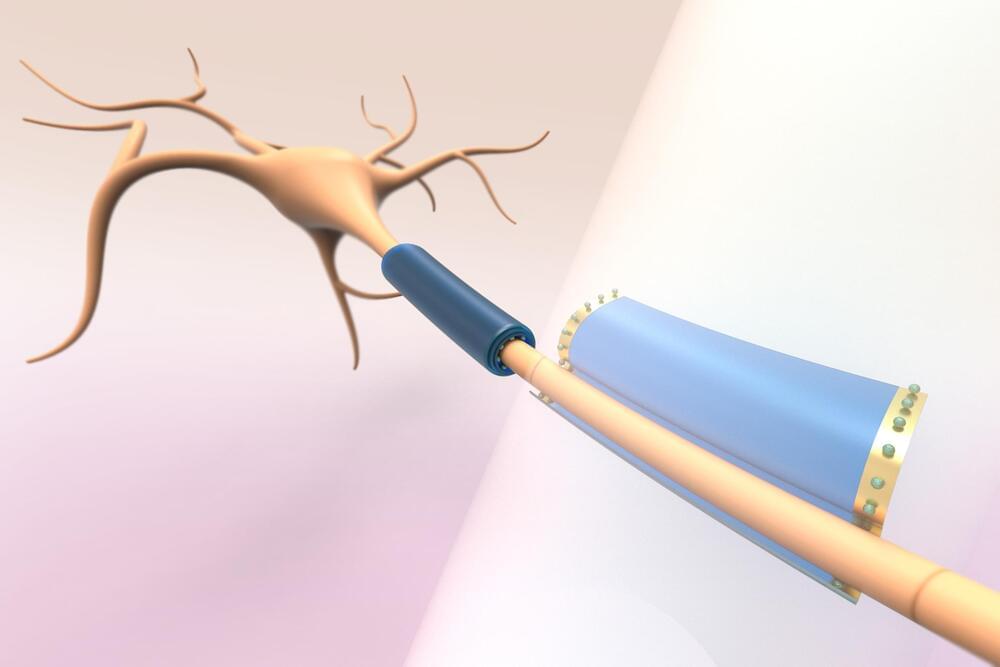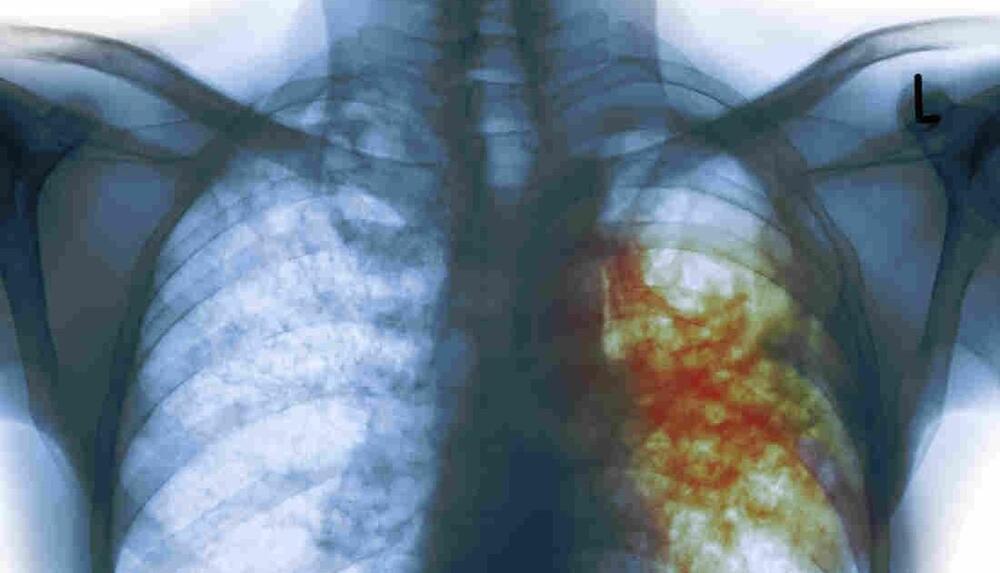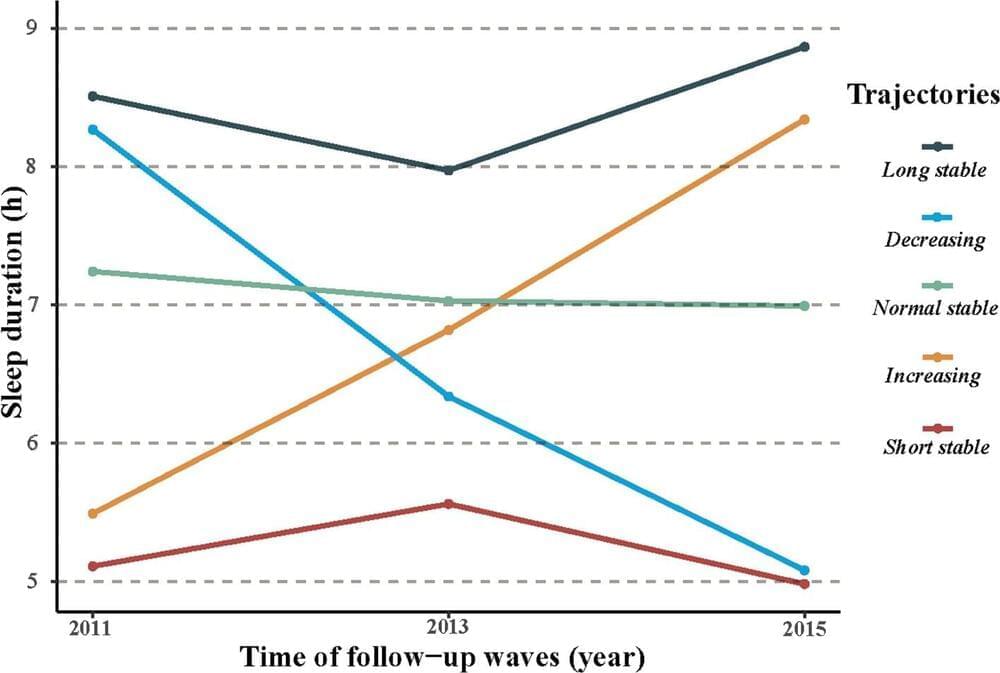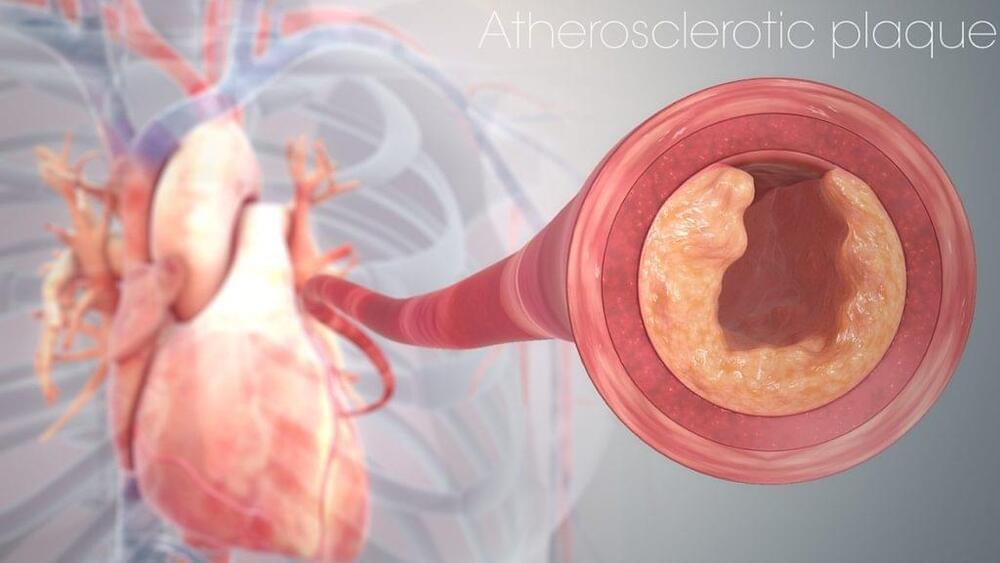A small twist allowed scientists to capture a rare quantum phase that has been under the shadows for decades.
“Wigner molecular crystals are important because they may exhibit novel transport and spin properties that could be useful for future quantum technologies such as quantum simulations,” researchers at the Lawrence Berkeley National Laboratory (LBL) note.
For the first time, LBL researchers have captured direct images of the Wigner molecular crystal using scanning tunneling microscopy (STM) —- an imaging technique that produces high-resolution visuals of materials at the atomic scale.
“We are the first to directly observe this new quantum phase, which was quite unexpected. It’s pretty exciting,” said Feng Wang, one of the study authors and a physicist at the University of California, Berkeley.
